GFELLER
+
HELLSGARD
Swedish-French artist duo Anna Hellsgård (1980) and Christian “Meeloo” Gfeller (1973), are based in Berlin , Stockholm, have been working together since 2001.
Their editions have been exhibited worldwide and are in numerous permanent collections such as the British Library, MoMA NY, MoMA SF, Stanford Art Library, Harvard University’s Fine Art Library, the State Museum of Berlin’s Art Library, the Yale University Art Collection and many more.
How would you describe your relationship with structure and color?
Color and structure don’t really interest us as such. They are conduits. Our main goal is not to make beautifully colored canvases or pretty compositions. Those things pretty much come along on their own. To create a beautiful image is something that’s fairly easy to do. Actually, we try very hard not to fall into the trap of a beautiful image. What interests us is the border, this gray zone between good and bad taste… and as an extension of that, good and bad prints, the unique and the numerous, contemporary arts and applied arts… it’s in these areas that the magic happens. And what interests us above all, in a larger sense, spiritually, is the screen-printing process. That’s the backbone of our work. It’s something we’ve been examining for several years now and it helps move us forward from one project to the next. And of course, the true value of all that only appears in hindsight. When you think about the work that’s been done over the last 10, 20 or 30 years…
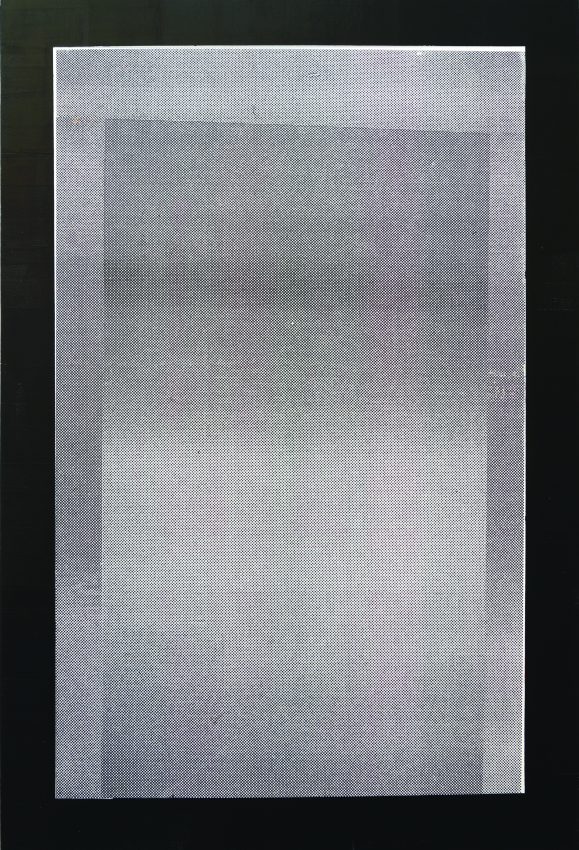
Screen printing is your main tool of expression.
Why is this so important for you?
What inspires us during the creative process is encouraging the viewer to reflect. It’s screen printing, yes, but how is it made? We think it’s fun to lose the spectator in the process. In the record of all the different screen printing techniques that we’ve used, we actually invented one or two new methods and practices. But the technique itself, that’s thankless work. We invent something, people see it, analyze it, understand it and then they take it for themselves…. and it quickly becomes public domain. But like you said, screen printing is a tool, and as such, it’s not super interesting to discuss “screen printing.” Just like how it gets boring to hear two programmers drone on about computers, or two painters comparing the size of their paintbrushes. Knowing how to draw, paint or screen print is one thing. But really, you have to transcend the technique to get to that “meta” level. We do meta-screen printing.
You use a mass printing method to create unique images. You like to play with this contradiction. Is it a critique of contemporary society to overproduce an image?
Not an explicit critique, but of course, creating unique pieces or limited editions is also a political stance. Our screen printing inks and products are environmentally friendly and in general our lifestyle is based on organic and low-impact consumption. Our closet is limited, we don’t eat meat and we avoid industrial products as much as possible. There’s no junk in our home. In the end, putting all these small things together made life simpler and a bit higher quality. We’re no monks, but we all make choices in life and every choice is political. Not being conscious of that and acting accordingly is stupid. It’s suicidal. And boycotting McDonalds is not a punishment for us. We live moderately and rather well.
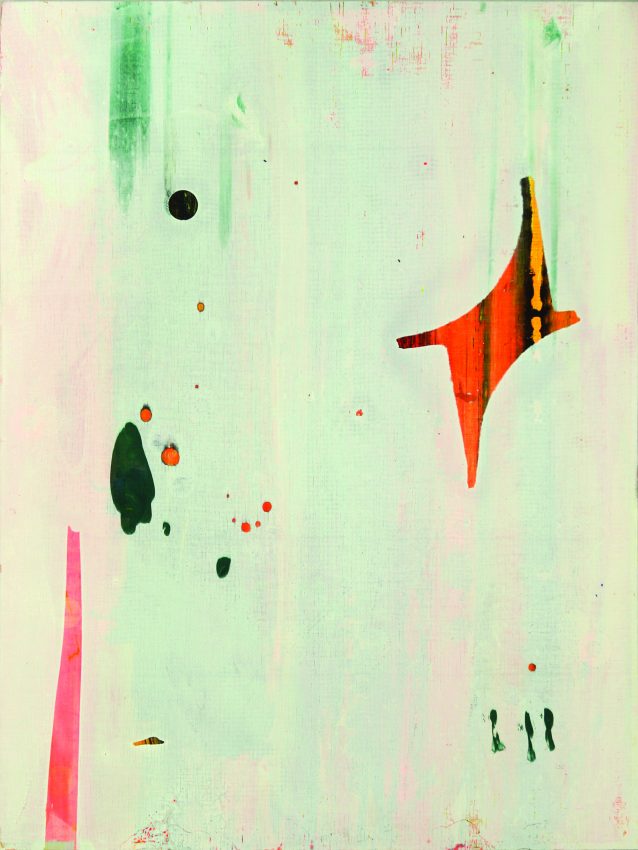
You two come from two countries with very different cultures. Has that had an influence on your work?
Yes, I’m convinced it has influenced our work. We are both pro-Europe. We love our roots and love to travel. Our lives, our family histories are anchored within the history of Europe. Anna and I communicate in English, but in strange mix of English, French, Swedish, and Alsatian with a good amount of German. Yes, our work finds its roots in underground French publishing, Swedish design, California psychedelia or Swiss/German minimalist functionalism but in the end, we can’t say that it’s really from any one place in particular. It’s certainly because of this background that we can fit in anywhere. We’ve been able to do our work and collaborate all over the world. It’s a beautiful and great thing.
Figuration is completely absent from your work. What relationship do you have to the abstract?
There’s no position taken. Figuration versus abstraction, that was the fight of the 80s. What we are interested in is just that our work took this direction. We don’t rule out the idea that figuration could reappear very soon. Actually, that’s very likely to happen since we are in a transition phase at the moment.
You just moved to Paris? Why now?
We are opening a studio here, but we are also keeping a base in Berlin. We still have our storeroom there and our apartment. For us, Paris is the exotic choice. Neither Anna nor I have ever lived here. We spent the last 15 years in Berlin and we carried out enough projects there. Since we were coming to the end of our lease for the shop and the studio, it seemed like the right time to start a new chapter. We also spent a lot of time in Sweden and in the US, but in the end we only knew a little of Paris and France. We like adventure, challenges and we’ve set things up so we can stay flexible. Moving, being open to new horizons. It’s essential.

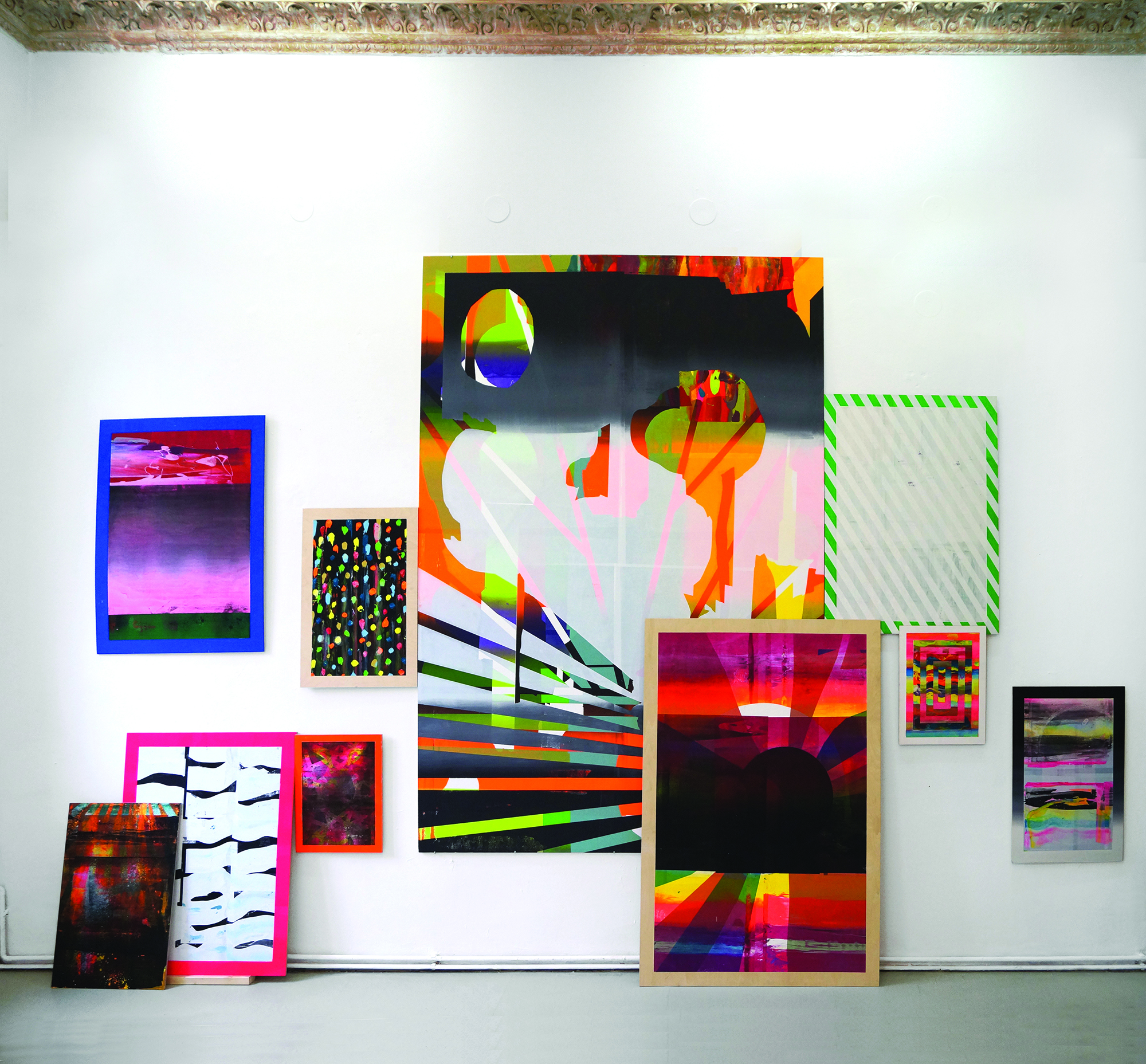
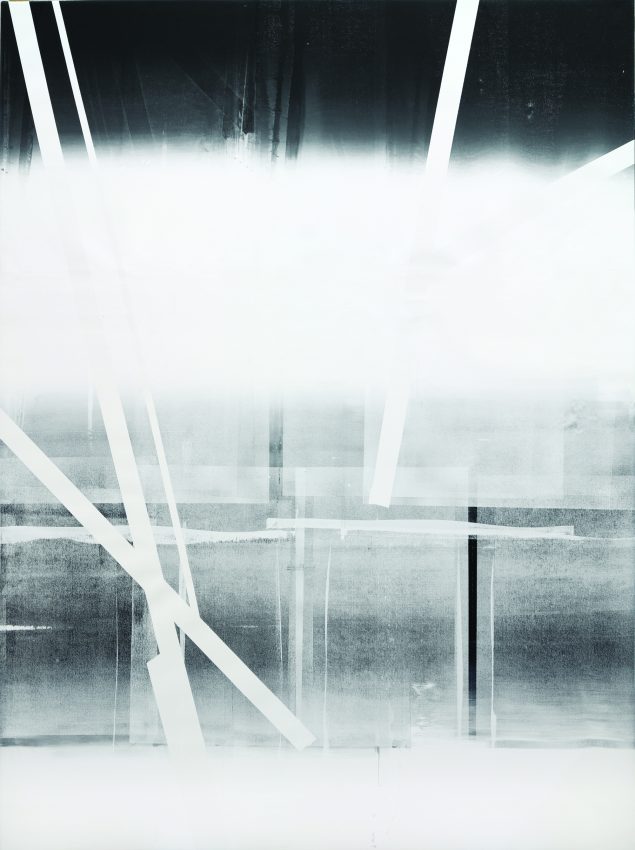

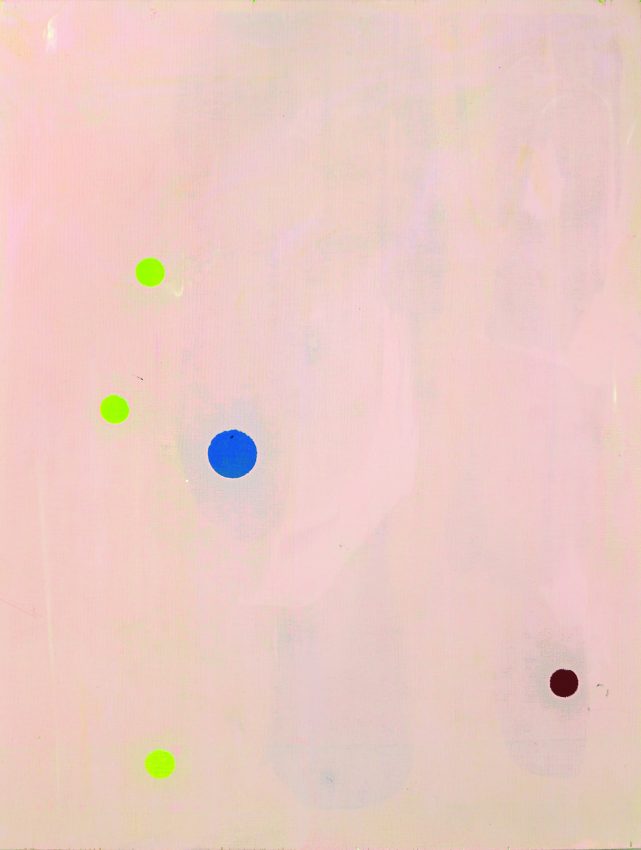
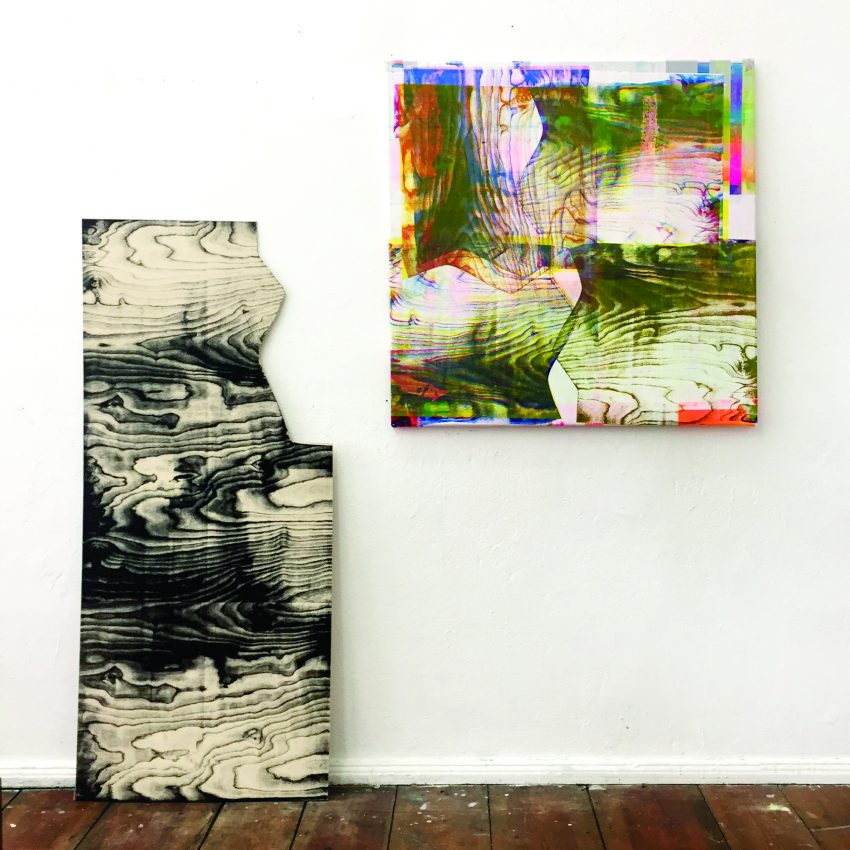

top

